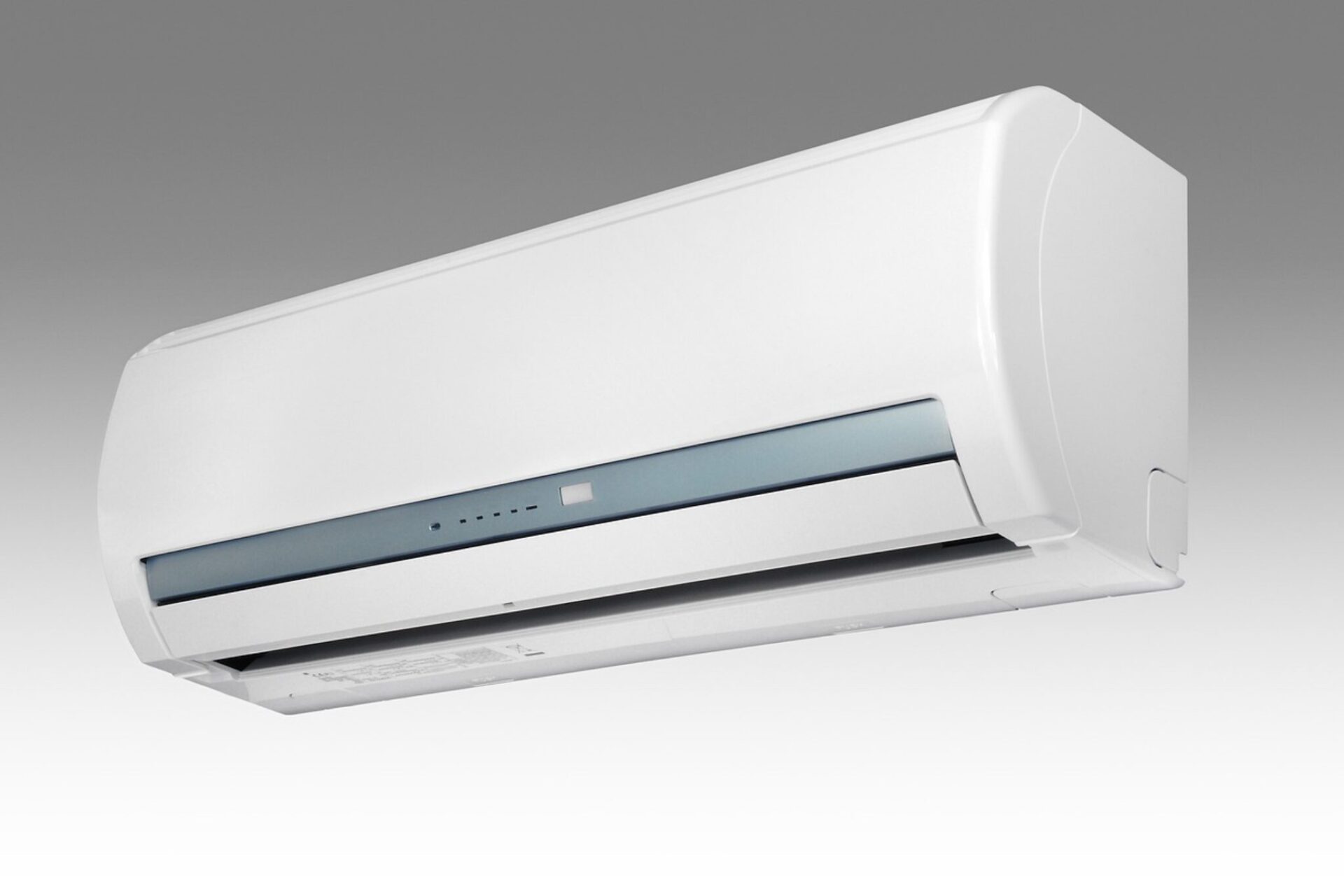
The world of TVs is constantly evolving, and 2024 will be no exception. With so many options available, it can be overwhelming to decide on the right TV for your home. This Smart TV Buying Guide will help you navigate the latest trends and technologies in the market to make an informed decision.
When it comes to screen size, it’s important to consider the size of your room and how far away you’ll be sitting from the TV. If you have a small room, a larger TV may overwhelm the space and make it difficult to see the entire screen. Conversely, if you have a large room, a smaller TV may look lost and not provide the immersive experience you’re looking for. Additionally, the distance you sit from the TV is important for a comfortable and enjoyable viewing experience. Sitting too close can cause eye strain while sitting too far away can make it difficult to see details on the screen.
Display Technology
Display technology is also important to consider. OLED, QLED, and LCD are the most common types of display technology available for TVs. OLED TVs are known for their excellent colour accuracy and deep blacks, which makes for a more realistic and immersive viewing experience. However, they can be more expensive than other types of TVs. QLED TVs use quantum dots to enhance colour and brightness, which can result in a more vibrant and lifelike picture. However, they may have limited viewing angles, which means the picture quality may suffer if you’re not sitting directly in front of the TV. LCD TVs are the most affordable and widely available type of TV, but they may not offer the same picture quality as OLED or QLED.
Resolution
Resolution refers to the number of pixels on the screen. The higher the resolution, the clearer and more detailed the picture will be. Full HD (1920 x 1080 pixels) and Ultra HD or 4K (3840 x 2160 pixels) are the most common resolutions available for TVs. 4K TVs are becoming more popular, and many content providers are offering 4K content. However, keep in mind that you need a fast internet connection to stream 4K content, and not all content is available in 4K. If you’re buying a larger TV, it’s recommended to go for a 4K resolution to get the most out of the bigger screen size.
HDR (High Dynamic Range) is a feature that enhances the contrast and color of the TV. It provides a wider range of brightness and colors, making the picture more realistic and vivid. HDR10 and Dolby Vision are two popular HDR formats available. Look for a TV that supports HDR10 and Dolby Vision for the best HDR experience.
Refresh Rate
Refresh rate refers to how often the TV updates the picture on the screen. The higher the refresh rate, the smoother the picture will be. A higher refresh rate is important for sports or action-packed movies, where fast-moving objects can appear blurry on a lower refresh rate TV. Most TVs have a refresh rate of 60Hz, but some high-end models have a refresh rate of 120Hz or even 240Hz.
Smart TV features
Smart TV features are becoming increasingly important for many consumers. Most new TVs are now “smart,” which means they have built-in Wi-Fi and can connect to the internet. This allows you to stream content from popular services like Netflix, Amazon Prime Video, and Hulu. Some smart TVs also come with voice assistants like Alexa or Google Assistant, which allow you to control your TV with your voice. Look for a TV with a user-friendly interface and plenty of app options. It’s also worth noting that some smart TVs may require a separate subscription to access certain content, so be sure to check before you buy.
Sound quality is another factor to consider when buying a TV. While most new TVs have built-in speakers, they may not provide the best sound quality. Consider investing in a soundbar or external speakers to enhance your TV’s audio. Some TVs even have built-in soundbars for improved audio quality. Look for a TV with good sound quality if you don’t plan on investing in external speakers. A good sound system can make a big difference in your viewing experience, especially for action movies or sports games.
Design is another important consideration when buying a TV. The design of the TV can impact the overall look and feel of your room. Look for a TV with a slim and sleek design that fits well with your room’s decor. Some TVs have minimal bezels, which means there’s less frame around the screen and more screen space. Additionally, some TVs have a curved screen, which can provide a more immersive viewing experience, but may not fit well in all rooms.
Also Read: Recover Deleted Files on Your Computer or Phone | Step-by-Step Guide
Price
Price is the final factor to consider when buying a TV. Prices can vary widely depending on screen size, display technology, resolution, and other features. Set a budget before you start shopping and look for a TV that fits within your price range. Keep in mind that a higher price doesn’t always mean better quality, so be sure to consider all of the factors listed above before making a purchase.
Here are some tips for buying a smart TV:
- Make a budget: Before you start buying a smart TV, it is important to make a budget. This will narrow down your options and help you avoid overspending.
- Think about your needs: Think about what you’ll use your smart TV for. If you plan to watch a lot of movies and TV shows, you will need a TV with good picture quality. If you plan on playing video games, you will need a TV with global speed.
- Read reviews: Before buying a smart TV, make sure to read reviews from other customers. This will give you a good idea of the missing wings of each TV.
- Compare prices: Smart TVs can range from a few thousand to a few million. It is important to compare prices from different vendors like Amazon and Flipkart before making a purchase.
Top Budget Picks for TV in India
- Samsung 80 cm (32 Inches) Wondertainment Series HD Ready LED Smart TV
- OnePlus 126 cm (50 inches) Y Series 4K Ultra HD Smart Android LED TV
- Samsung 108 cm (43 inches) Crystal 4K Series Ultra HD Smart LED TV
- Redmi 108 cm (43 inches) Android 11 Series Full HD Smart LED TV
- Samsung 138 cm (55 inches) Crystal 4K Neo Series Ultra HD Smart LED TV
- Sony Bravia 139 cm (55 inches) 4K Ultra HD Smart LED Google TV
- LG 108 cm (43 inches) 4K Ultra HD Smart LED TV 43UQ7500PSF
Conclusion
In summary, when buying a TV in 2024, it’s important to consider screen size, display technology, resolution, HDR, refresh rate, smart TV features, sound quality, design, and price. By taking these factors into account, you can ensure that you’re getting a TV that provides the best viewing experience for your needs and budget. With so many options available, it can be overwhelming to choose the right TV. However, by doing your research and considering your preferences and budget, you can find the perfect TV for your home.
Frequently Asked Questions
What should I consider while buying a Smart TV in India?
There are many factors to consider while buying a smart TV in India such as screen size, picture quality, sound quality, connectivity options, voice control, smart home integration and streaming app compatibility and other smart features.
What is the difference between QLED and OLED?
QLED stands for Quantum Dot Light Emitting Diode and is a technology used in some high-end TVs for picture brightness and colour accuracy. On the other hand, OLED stands for Organic Light Emitting Diode and is a technology that allows each pixel to produce its own light, resulting in deeper blacks and better contrast.
Do smart TVs require internet access?
Yes, smart TVs require internet access to access online services and streaming services.
Can I connect my Smart TV to other smart home devices?
Yes, many smart TVs have built-in smart home integration features that allow you to control other smart home devices with your TV. You can even connect your TV to a smart home hub like Google Home or Amazon Alexa for even more integration options.
Are smart TVs more expensive than traditional TVs?
Smart TVs can be more expensive than traditional TVs, but the price difference is smaller as the technology becomes more widespread. Additionally, the smart TV’s new features and functionality may justify the higher price for some users.



